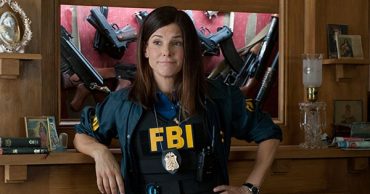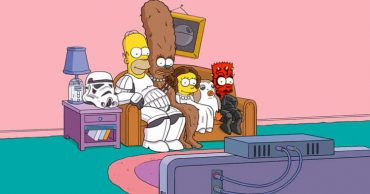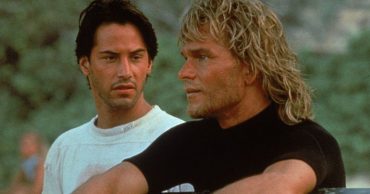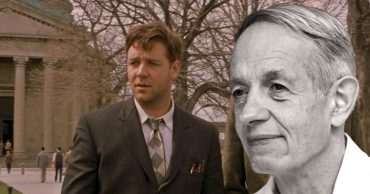Director’s Cut movies don’t come around too often. However, when they do, they can become just as popular as the original cut. Sometimes, they can even become more applauded and revered.
This is because Director’s Cut movies are typically a chance for the director to get across their initial vision that may been interfered with by the film studio. Other times, it can simply be a way of featuring scenes that were cut to keep the film’s runtime to a suitable length for movie theaters. However, there lies a handful of Director’s Cut movies that completely changed the way audiences looked at the original picture. So, here are 5 shining examples of that.
5. Kingdom of Heaven (2005)
When you think of Director’s Cut movies, Ridley Scott may be one of the first names that springs to mind. The Oscar-nominated British filmmaker is known to shoot long movies and despises leaving good material on the cutting room floor. To that, he has released a number of Director’s Cuts. But Kingdom of Heaven is the one that truly feels like a different story, in the best way.
This crusade epic was originally set to be an even grander spectacle, but studio pressure forced Scott to snip out a staggering 45 minutes from his vision. To that, the theatrical release felt somewhat rushed and emotionally hollow, leaving audiences confused about character motivations and relationships. However, when the Director’s Cut was finally released, critics and fans overwhelmingly embraced it as the superior version. Thanks to the restored footage, Kingdom of Heaven is swiftly elevated from a vacuous action movie to a deep, character-driven epic. The siege of Jerusalem is a savant of medieval warfare, offering action fans much longer battle scenes that are more visceral and bloody.
4. Donnie Darko (2001)
Donnie Darko is widely regarded as one of the most confusing movies ever made. However, it revels in its intrigue, and the beauty of its perplexity is that it has people watching it again and again. So, when a Director’s Cut version was released in 2004, many assumed they would be gifted with a little bit of closure, and potentially be able to walk away with a clearer head this time around. But was that the case?
As with most filmmakers in Hollywood, Richard Kelly found himself having to constraint his film somewhat and agree to keep it under two hours in order to get more butts in seats. But the beauty of home release is – all of that content can be added back in. So, 21 minutes of extra footage was restored in The Director’s Cut, mostly for character backstories and exposition that deepens the film’s intricate narrative. However, paradoxically, even though this version offers a slightly clearer vision through pacing, and clarifies some of the more cryptic plot points, it somewhat lessens the film’s impact. The ambiguity of the theatrical cut, which left viewers to put together hints and make their own judgments, was part of its allure. Ultimately, with its extra sequences of explanation and on-screen text, the Director’s Cut oversimplifies the mystery, undermining the very mystique that first made Donnie Darko so captivating.
3. Doctor Sleep (2019)
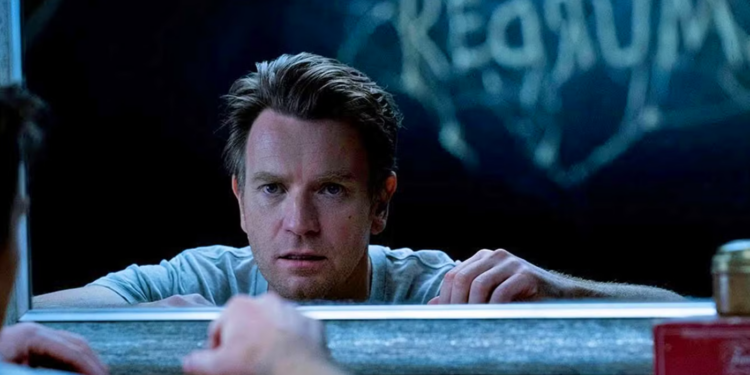
Doctor Sleep was one of the most anticipated movies of 2019, in fact, of the whole 21st century. That’s because it served as the long-awaited follow up to the classic horror movie, The Shining. Mike Flanagan‘s eerily dark fantasy flick is both a sequel to Stephen King‘s original novel and Stanley Kubrick‘s iconic film adaptation, following a grown-up Danny Torrance (Ewan McGregor) dealing with the trauma from his childhood experiences at the Overlook Hotel. Much like the original movie, Doctor Sleep is a deeply unsettling study of obsession, only the roles are reversed from father to son.
With the original cut standing at 152 minutes, it’s already a lengthy film that twists and turn around many corners (The Shining pun intended), however, the Director’s Cut offers a further 28 minutes. Much of this comes from a deeper study of the grown up Danny, exploring his PTSD and alcoholism much like the original novel did. Flanagan’s Director’s Cut also embraces a more literary structure, dividing the film into six distinctly named chapters: ‘Old Ghosts’, ‘Empty Devils’, ‘Little Spy’, ‘Turn, World’, ‘Parlor Tricks’, and ‘What Was Forgotten’. The extended runtime doesn’t just benefit Danny’s character development – it fleshes out nearly every supporting character, adding layers of emotional drama that enhance the supernatural terror.
2. I Am Legend (2007)
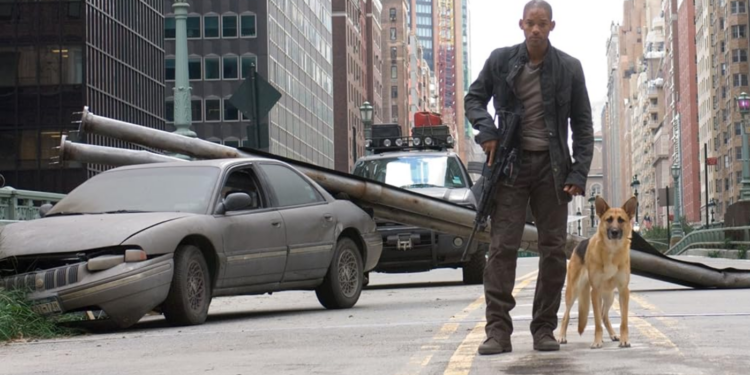
I Am Legend may have seemed like the perfect horror/thriller movie to many. While this genre doesn’t typically receive warm welcomes from critics, this Will Smith-led vehicle defied the odds. It also performed exceptionally well at the box office, grossing $585 million worldwide, making it the seventh-highest-grossing film of 2007. So, why would it need a Director’s Cut? Well, the film itself remained the same, focusing on Dr. Neville (Smith), the sole survivor of a plague in New York City whose only companion is his dog. However, the final three minutes of the movie changed everything, altering the ending to give the movie a whole new vibe.
Originally, moviegoers watched as Dr. Neville developed a remedy for the virus that may turn everyone back to humanity. In a valiant act, he eventually blows himself up, eliminating the “Darkseekers” in his laboratory and enabling Alice Braga‘s survivor Anna to flee with the remedy. However, the alternate ending completely inverts our understanding of who the real monster is. In this version, Neville discovers that the “alpha” Darkseeker attacking his lab isn’t driven by mindless aggression, but by love – he’s desperately trying to rescue his captured mate from Neville’s experiments. This revelation shatters Neville’s worldview as he realizes that these creatures aren’t just mindless infected beings, but a new form of humanity with their own society, emotions, and relationships. He understands that from their perspective, he’s the monster – the legendary boogeyman who kidnaps and tortures their kind.
1. Léon (1994)
Luc Besson‘s cult crime classic has been called many things since it was released in 1994: Léon, Léon: The Professional, and Leon. However, there’s a reason for this. The film was initially released as Léon, however, the director’s cut was released under Léon: The Professional. And this is where things actually get a little bit controversial.
The plot follows the titular character as he lives a quiet life outside of his contract killing. Yet, this is shaken to its core his Mathilda (Natalie Portman) knocks on his door for help when her entire family is slain by corrupt cops. The original cut shows Léon (Jean Reno) take her in and agree to train her up as a killer. Yet, we don’t get to see her in action. The Director’s Cut shows this training in full detail as she goes along with Léon on missions. This lessens the innocence of Mathilda and puts an uglier vibe on the picture. But where the controversy comes in is with Mathilda’s sexual advances towards Léon, which is disturbing to watch as her character is only 12-years-old. Ultimately, the original cut has a faster pacing and showcases the bond between Mathilda and Léon as one of respect and friendship, making for an easier watch.
 Follow Us
Follow Us
